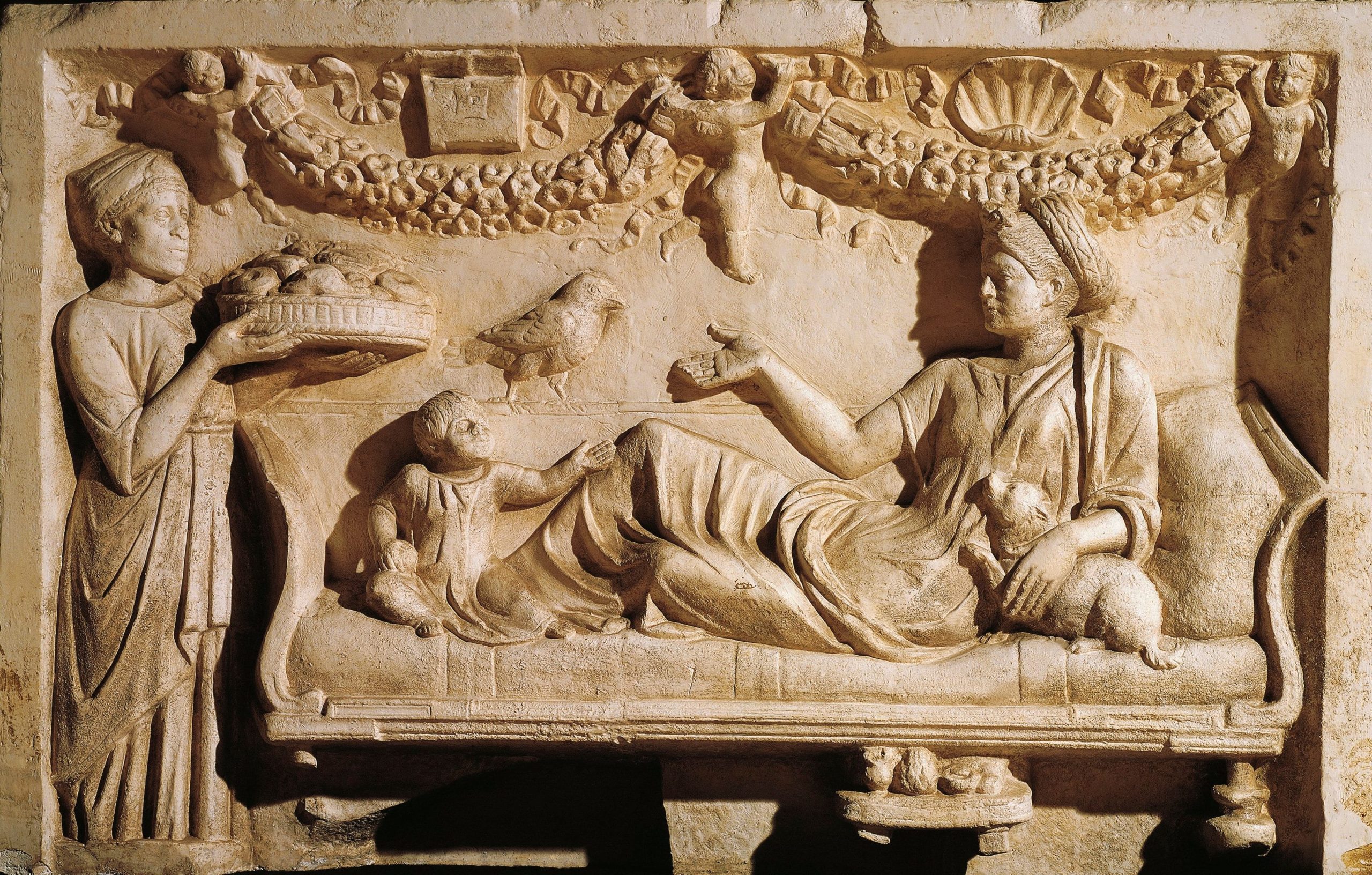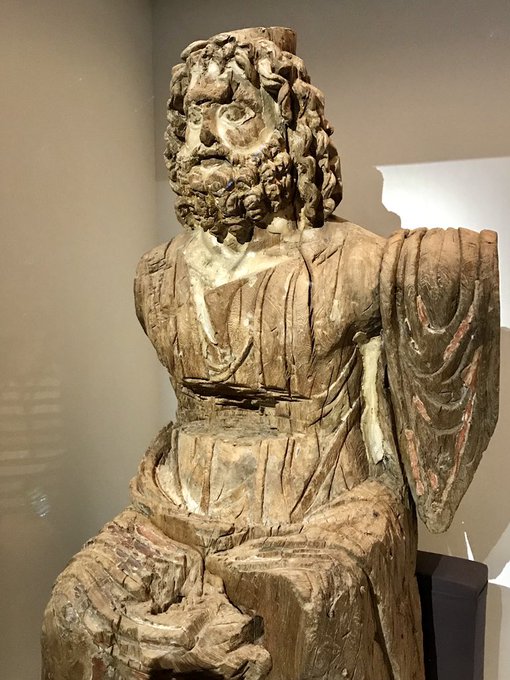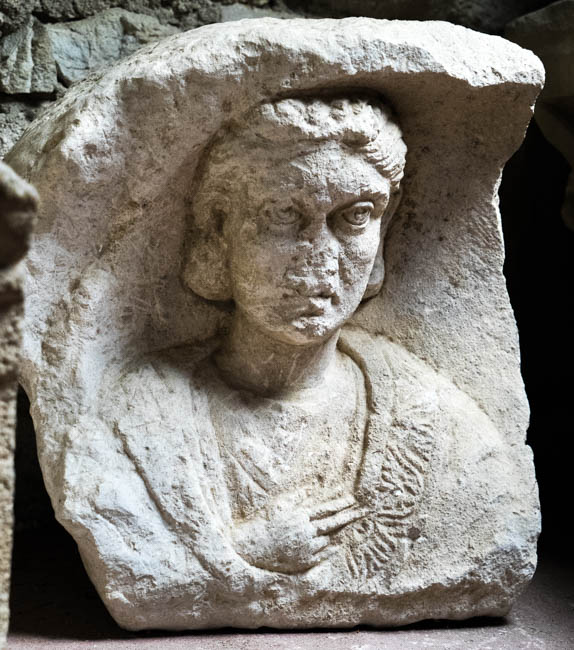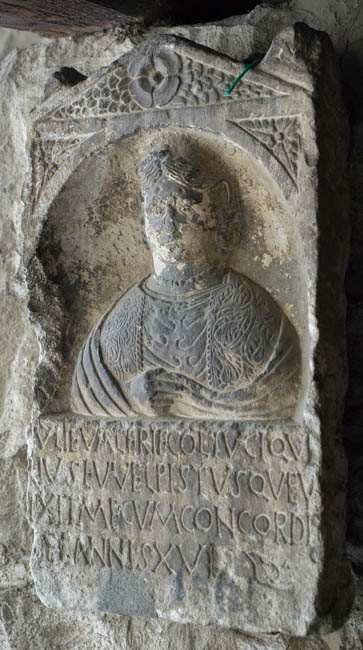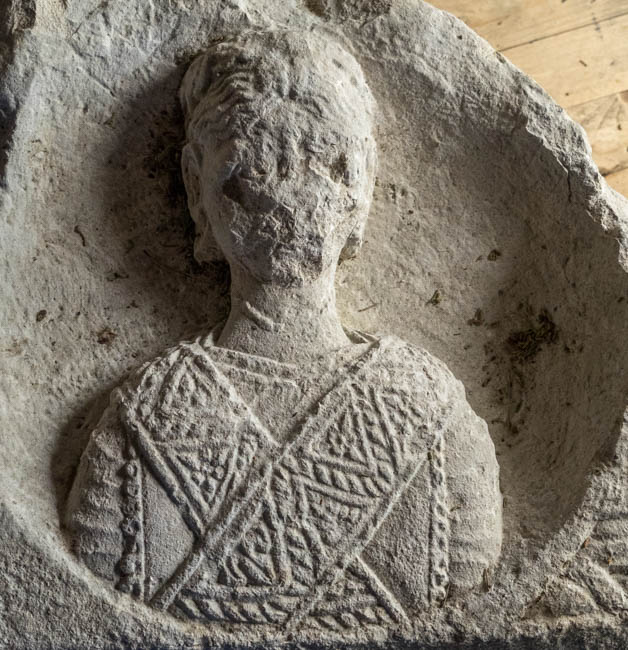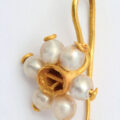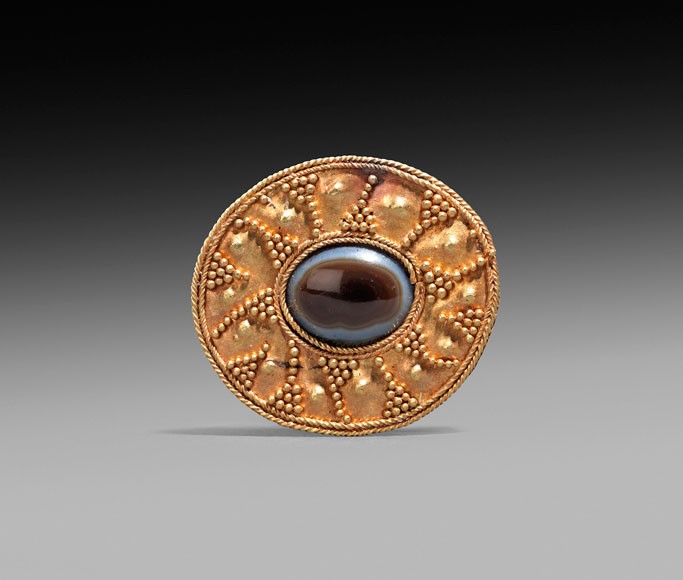
Roman scribe (reproduced from Parassoglou: 1979 Pl. 2)
after Jacqueline Austin, 2010
WRITERS AND WRITING IN THE ROMAN ARMY AT DURA-EUROPOS
Parássoglou, G. (1979) Some Thoughts on the Posture of Ancient Scribes when Writing on Papyrus Rolls

Salona, (Croatia), detail, 131–230 CE. CIL III 12895.
© Arheološki muzej u Splitu, photo by Ortolf Harl
After Anna Willi, 2021
Stylus/pen case (graphiarium) and a [leather] case for stylus tablets. [Anna Willi, 2021]
Writing case for pens and inkwells = theca calamaria
Lupa.at record 24436 Grave altar of Quintus Aemilius Rufus
More scribes [librarius] from the Lupa.at database
http://lupa.at/queries/810899355


CIL VI 16166, Vatican Museum, inv. 9277. © Photo Scala, Florence.
After Anna Willi, 2021

grave no. 700 in Emona (Slovenia), 1st century CE.
Mestni muzej Ljubljana, inv. 510:LJU;0033272, 510:LJU;0033122 and 510:LJU;0032711.
© Museum and Galleries of Ljubljana, photo by Andrej Peunik.
After Anna Willi, 2021


(Left) Roman funerary relief of Caecilius Avitus from Chester (UK), showing him carrying writing tablets. RIB 492. Reproduced by permission from the CSAD and the Haverfield Trust.
(Right) Remains and reconstruction of leather tablet case from Vindonissa (Switzerland), 1st century CE. Photo from Volken and Volken 2006, 38 fig. 6, drawings © M. and S. Volken.
After Anna Willi, 2021


- Manual of Roman everyday writing vol. 2: writing equipment, Nottingham 2021, Anna Willi https://www.academia.edu
- Representations of writing tools and materials on Roman funerary monuments. An attempt at a typological analysis of a common iconographic motif; Tibor Grull, Nándor Agócs, Ernő Szabó https://www.academia.edu
- The Costumes of Late Antique Honorific Monuments: Conformity and Divergence within the Public and Political Sphere; Elizabeth A. Wueste https://www.academia.edu
- Roman Military Gear Depicted on Grave Monuments from the Archaeological Museum in Split; Sanja Ivcevic https://www.academia.edu
- Uporabni predmeti na nadgrobnim spomenicima iz Salone /Every day Objects represented on the Tombstones from Salonae; Sanja Ivcevic https://www.academia.edu
- ISTRIAN SCROLL BOXES Alka Starac https://www.academia.edu

